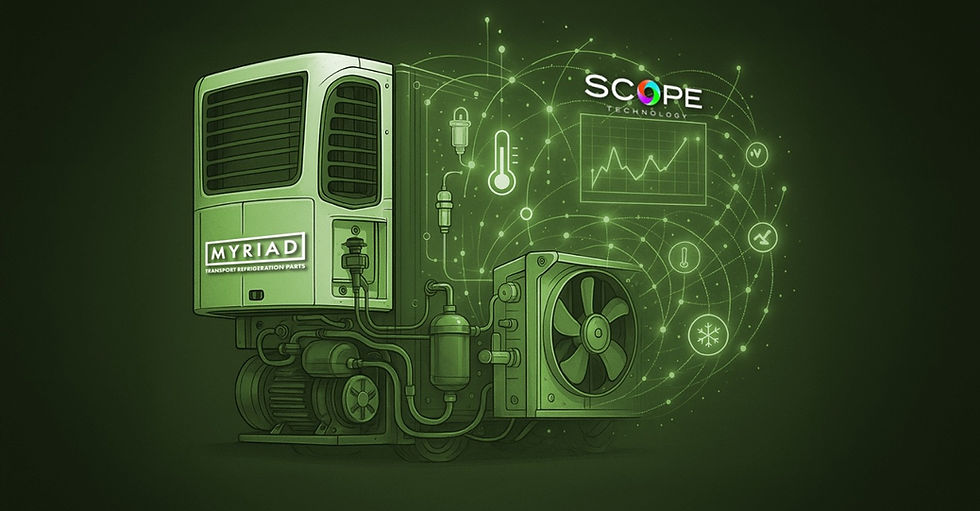The Power of Convergence in Telematics and Technology
- ONE Agency

- 25 de ago. de 2025
- 2 min de leitura
In today’s connected world, convergence is more than a trend - it’s a strategic shift. At the intersection of telematics and broader digital innovation, convergence is unlocking new value by integrating data, devices, and platforms into unified, intelligent ecosystems.
What Is Convergence in Telematics?
Convergence refers to the integration of technologies, systems, and communication protocols that were once siloed. In the telematics space, this means bringing together vehicle data, sensor inputs, IoT devices, AI, APIs, and cloud platforms into a seamless system that communicates, learns, and adapts in real time.
It’s not just about tracking location or performance - it’s about enabling deeper insights, instant response, and continuous optimisation across operations.
Why It Matters
1. Unified Intelligence
Converged systems don’t just collect data - they synthesize it. A single dashboard can now reflect inputs from GPS, driver behavior, fuel usage, temperature sensors, and third-party APIs. This layered intelligence helps businesses move from reactive to predictive.
2. Cross-Vertical Adaptability
Telematics is no longer exclusive to logistics. With convergence, the same core technologies can power industries from agriculture and mining to utilities, cold chain, and construction. Systems built to adapt across use cases reduce the cost and complexity of scaling.
3. Open Architecture and Integration
Through APIs and interoperable design, converged platforms can plug into virtually any system - from fleet management tools and ERP systems to AI-powered maintenance apps and external regulatory databases. This eliminates vendor lock-in and increases agility.
4. Real-Time Decision-Making
With integrated AI and machine learning, converged systems analyze patterns, detect anomalies, and deliver actionable insights - instantly. Businesses gain the ability to make smarter decisions in real time, improving safety, efficiency, and ROI.
5. Future-Proof Scalability
By designing platforms around convergence, businesses can stay ahead of rapid change. Whether incorporating autonomous vehicle data, edge computing, or new sustainability metrics, the system is built to evolve - not be replaced.
The Big Picture
Convergence is driving a new era of intelligent infrastructure. In telematics, it means not just knowing where something is - but understanding how it’s performing, what it needs, and what it could become. It transforms hardware into ecosystems, data into foresight, and operations into competitive advantage.
For technology providers and their customers, convergence isn't optional - it's the foundation of what's next.






